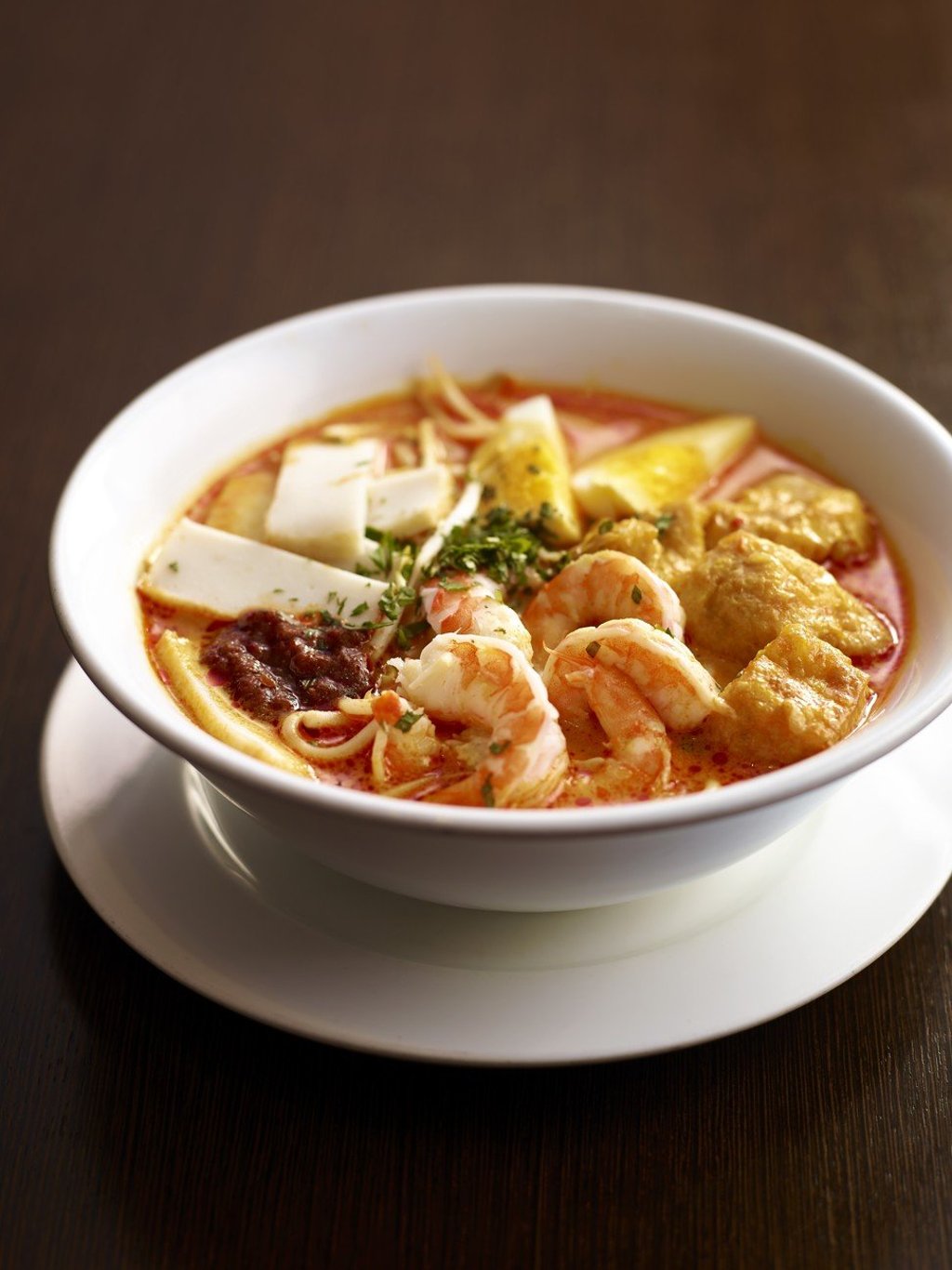Singapore laksa vs Nyonya laksa: which is the original and how did the dish get its name?

While laksa is mostly associated with Malaysia and Singapore, it is also popular in Indonesia and southern Thailand
Laksa is a wildly popular dish, and some people have strong opinions on the best way to prepare it, the tastiest variety, and crucially – where it came from.
The origins of laksa have even been at the centre of a political controversy. In 2009, the Malaysian Minister of Tourism at the time (Ng Yen Yen) attempted to claim ownership for regional dishes, including laksa, and was quoted in the local media as saying that neighbouring countries, including Singapore, had “hijacked their dishes”. This led to strong disagreement, with Ng later claiming she had been misquoted, saying that a study would be conducted on the origins of foods in the country.
The origins of laksa have even been at the centre of a political controversy
I reached out to the Ministry of Tourism, Arts and Culture Malaysia and received the following response, “Please be informed that we have not conducted any study or research on the origin of laksa, a very common and popular dish in Malaysia and the surrounding region.”
At its core, laksa is a spiced noodle soup. While it is mostly associated with Malaysia and Singapore, it is also popular in Indonesia and southern Thailand.
There are numerous varieties, too many to discuss here, therefore this article will focus mostly on two – Singapore laksa and Nyonya laksa.

These two share many common components, in fact one may have led to the development of the other. They both feature a creamy seafood-based gravy, with key components being prawn stock and coconut milk. Both also have a spice paste (called rempah in Malay, meaning spice) that contains ingredients such as chilli, onion, garlic, ginger, lemongrass and galangal. Both are also served the with a sambal, either as a garnish or on the side.
Additionally, an essential fresh herb, for both laksa varieties to be considered truly authentic, is what is commonly referred to as laksa leaf (Persicaria odorata). It is also known as Vietnamese mint although it is not part of the mint family nor does it have a minty taste.